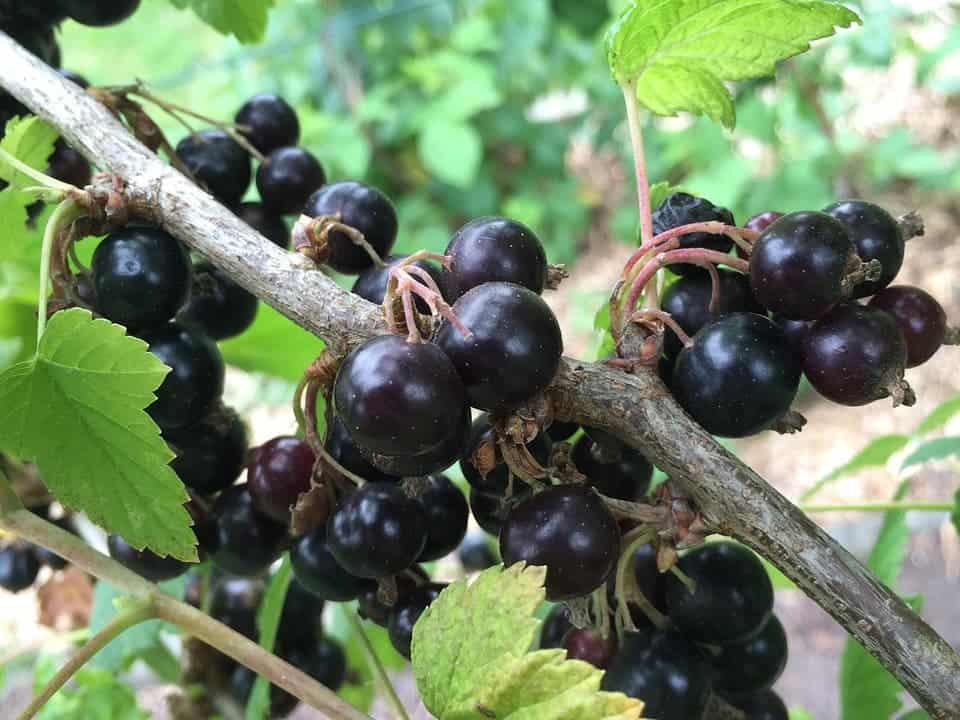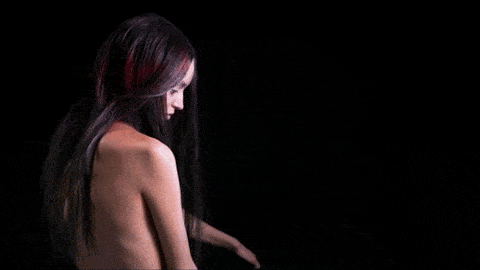Using leftover blackcurrant from soft drink production, researchers have created long-lasting hair dyes that aren’t bad for you or the environment.

Hair dyes are a billion-dollar industry, and yet they’re surprisingly little regulated. Many of the ingredients in synthetic dyes are derived from petrochemicals and can be irritant to many people and in some cases, even trigger severe allergic reactions. There is also an ongoing scientific debate regarding whether or not these ingredients can cause cancer. Meanwhile, many natural dyes (such as henna) escape scrutiny when it comes to health concerns, but they contain lawsone, which the EU Scientific Committee on Consumer Safety states is toxic. To make matters even worse, wash after wash, hair dyes end up in the sewer, and their effect on the environment has not been properly assessed.
With that in mind, color chemist Dr. Richard Blackburn and organic chemist Professor Chris Rayner, both from the University of Leeds, have worked together to identify naturally-occurring alternatives, as well as a sustainable process to create them. Dr. Blackburn, who heads the Sustainable Materials Research Group in the School of Design, explains:
“Because of issues and concerns around conventional dyes, we wanted to develop biodegradable alternatives that minimise potential risks to health and offer consumers a different option.”
Essentially, they felt like there must be a way to create sustainable, eco-friendly hair dye — and they settled on blackcurrants. In the UK, where the two are located, most blackcurrants are used to produce Ribena — a popular soft drink. In a paper in the Journal of Agricultural and Food Chemistry, they describe a new method to extract anthocyanins from blackcurrant fruit waste and use it in renewable dyes.
“Anthocyanins are pigments that provide colour to most berries, flowers, and many other fruits and vegetables,” Dr Blackburn explained. “They are non-toxic, water-soluble and responsible for pink, red, purple, violet, and blue and colours and are widely used as natural food colorants all over the world.
“We knew they bound strongly with proteins – hair is a protein – so we thought if we could find an appropriate source of these natural colours, we might be able to dye hair.”
Anthocyanins occur in all tissues of higher plants, including leaves, stems, roots, flowers, and fruits. However, extracting and using them in an efficient process can be challenging. In this case, 90% of the blackcurrants are used in the juice-making process, and only a fraction of the waste can be used — but this fraction is more than enough, researchers say. Professor Rayner said:
“After being pressed, the skins remain as a waste product. They have very high concentrations of anthocyanins, and represent a sustainable supply of raw material because of how much blackcurrant cordial we drink.
The fact that the dye is made from valueless waste makes the process much cheaper than it would be otherwise, Rayner explains.
“The extraction technology is based on sustainable concepts – the colour is extracted using a water-based process and special filters collect the anthocyanins that we want. We believe that if we are extracting natural and food-grade products, we should not use any toxic or hazardous chemicals to get them.”
So far, using this approach, researchers have been able to develop a hair dyeing technology that provides intense reds, purples, and blues on hair. If combined with a natural yellow, these colors could provide a wider range of colors, including various shapes of brown.
The produced dyes reportedly last for at least 12 washes, which is comparable with most commercial dyes. They are also harmless to the environment. The dyes will go on sale this summer, and researchers aren’t stopping there.
“We’ve also just made the first natural purple shampoo,” Dr Blackburn added. “The blackcurrant extract is used in our Natural Purple Berry Brightening Serum to counteract brassy tones in blonde and grey hair. The anthocyanins work just as well as the synthetic dyes they are replacing.”
Journal Reference: Application of Anthocyanins from Blackcurrant (Ribes nigrum L.) Fruit Waste as Renewable Hair Dyes By Paul M. Rose. Journal of Agricultural and Food Chemistry DOI: 10.1021/acs.jafc.8b01044 0800ET



